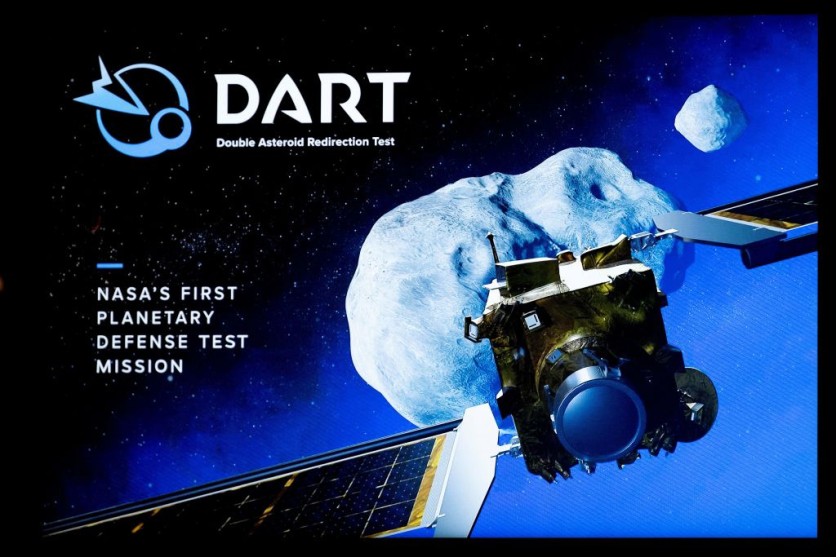Three space satellites will attempt to witness an epic event when NASA's DART mission rams itself into an asteroid named Dimorphos next week, as reported first by Space.com.
The Double Asteroid Redirection Test (DART) mission is intended to evaluate a planetary defense strategy that might be used in case an asteroid finds itself on a collision course with our planet.
Even though the spacecraft is carrying a small cubesat to record the catastrophic event, three other observatories in the sky-the James Webb and Hubble space telescopes, as well as another NASA asteroid mission called Lucy-will be observing the impact as well.

Kinetic Impact
On Sept. 26, DART will test a method known as kinetic impact, which is a fancy name for ramming something large and quickly into an asteroid to change its orbit.
Scientists are interested in studying this event to better understand how a future planetary defense operation may proceed should humanity opt to deflect an asteroid that is headed for a collision with Earth.
The mission's team plan to capture images of the impact site within three minutes after launch with the help of the tiny cubesat LICIA Cube that DART launched earlier this month.
The European Space Agency (ESA) will also send a different mission called, Hera, to the impact location starting in late 2026.
However, a live view of the actual collision from a telescope in space, free from the haze of Earth's atmosphere, will still give us a glimpse of the asteroid impact.
But to make things more exciting, NASA will turn the seasoned Hubble Space Telescope and the newly-minted James Webb Space Telescope to keep an eye on the event.
Read also : [LOOK] NASA's James Webb Space Telescope Snaps Image of Neptune's Bright Rings in More Than Three Decades
Will Webb and Hubble Capture the Event?
However, Nancy Chabot, a planetary scientist at Johns Hopkins University Applied Physics Laboratory in Baltimore and the coordination lead for DART, noted that Dimorphos is much closer and moves faster than the distant galaxies that Webb is capturing.
Hence, Webb may not be designed for capturing such an event, according to Chabot.
During a news conference on Sept. 23, Thursday, Tom Statler, a DART program scientist, said that JWST faces another problem since the telescope must frequently check in on guide stars and readjust, which means that observations may start shortly after impact.
Space.com noted that Hubble has its restrictions too because it is on the opposite side of the planet during the impact, but it will begin conducting observations around 15 minutes later.
NASA has also planned for instruments on the Lucy mission to watch the impact, in addition to the two space telescopes. It may be able to catch the event since it is still near Earth and will conduct a flyby next month to complete its targets.
Related Article : NASA's James Webb Space Telescope Zooms in on Mars for the First Time, Capturing Stiking Martian Details!
This article is owned by Tech Times
Written by Joaquin Victor Tacla
ⓒ 2025 TECHTIMES.com All rights reserved. Do not reproduce without permission.




